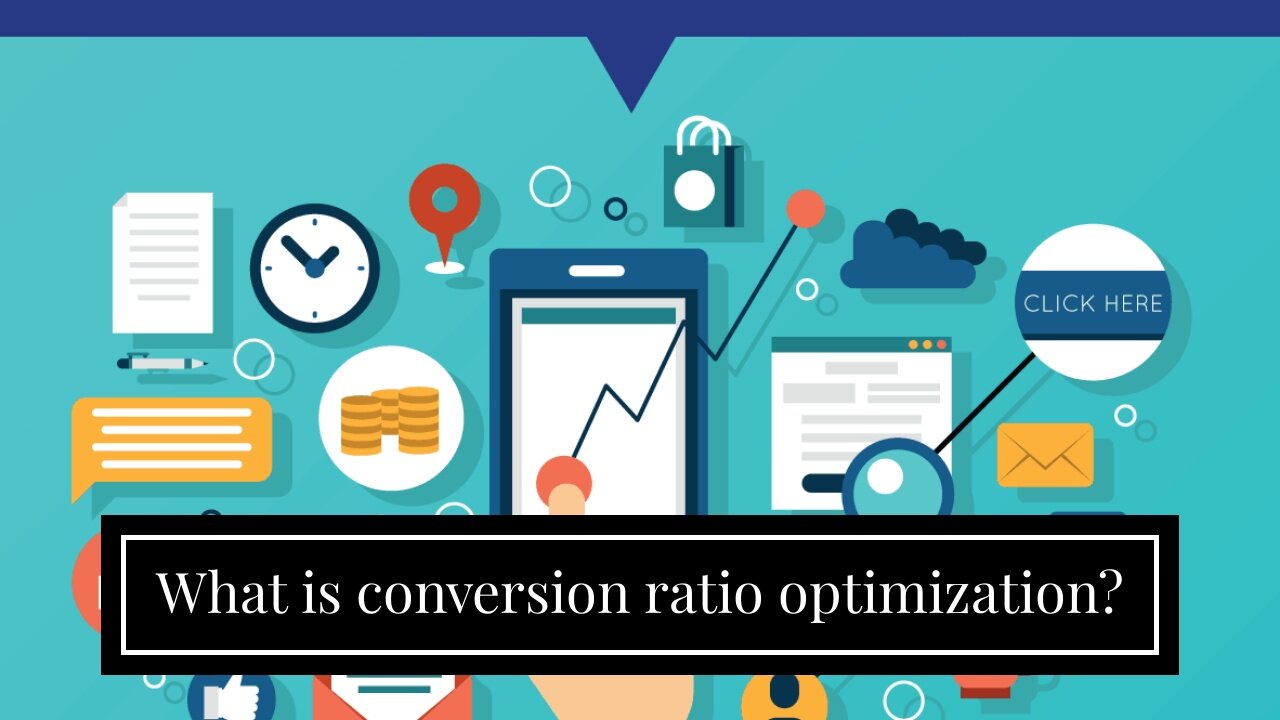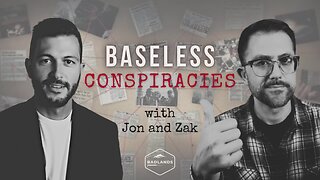Premium Only Content

What is conversion ratio optimization?
What is conversion ratio optimization?
Your website’s conversion rate is an important success indicator. Learn how to optimize your conversion rate to reach your website goals. What is conversion rate optimization? Analyzing and optimizing your conversion rate is one way to measure your success as an affiliate, publisher, or advertiser. Optimizing your conversion rate will ensure that potential customers go through a smooth journey to purchase. What is a Conversion? A conversion occurs when a visitor to your website performs a desired action. You may not be aiming for a single goal, but conversions can include more than just purchasing an item. This could be...
Your website’s conversion rate is an important success indicator. Learn how to optimize your conversion rate to reach your website goals. What is conversion rate optimization? Analyzing and optimizing your conversion rate is one way to measure your success as an affiliate, publisher, or advertiser. Optimizing your conversion rate will ensure that potential customers go through a smooth journey to purchase. What is a Conversion? A conversion occurs when a visitor to your website performs a desired action. You may not be aiming for a single goal, but conversions can include more than just purchasing an item. This could be someone adding an item to their shopping cart, signing up for a mailing list, creating a user account, or clicking on an affiliate link. Conversion rate optimization (or CRO) is the process of increasing conversion rates. What is a conversion? Conversion rate can be defined as a quantifiable value. It is usually calculated by comparing the conversions on your website to the overall traffic. However, there are many ways to measure it. Conversion rates are the number of visitors to your site that converts. Conversions can also be compared to sessions for one user. If someone visits your site four times, it’s four sessions. If they make a purchase during two of those sessions, then that’s two conversions. This would give you a conversation rate of 50%. To find the conversion ratio for all sessions, divide all conversions. It is possible to compare unique conversions with unique users. This is because a user might return to your site after converting. This means that a user may visit your site hundreds upon hundreds of times, but only one conversion will count. You can choose how you measure conversion rate. Use what makes sense for you and your audience. You can divide total conversions by total visits to determine a percentage in affiliate marketing. What is a good rate of conversion? For affiliate marketing, conversion rates between 0.5% and 1% should be considered average. B2B or finance companies have higher conversion rates than e-commerce businesses. However, conversion rates for e-commerce businesses can be as low as 2% to 6%. This varies from one industry to the next. Fashion, gift, health and gift brands have higher conversion rates than ecommerce. They average close to 5%. Consumer electronics averages just 1%. The traffic source can also affect the conversion rate. Display advertising has a low conversion rate (0.7%), while organic site visitors have an average conversion rate of 2.9%. Conversion rates for mobile site visits are lower than those of desktop sites, with tablet conversions somewhere in the middle. Planning for conversion optimization Conversion rate optimization is about understanding your audience to determine what needs to be improved in order to get them to take the desired action. This could be the UX of your website, how it works; it could also include how your brand is promoted on your website. Let’s look at some of the best ways to optimize conversions. Quantitative data It is a good idea to have data that can guide you in your decisions, so you are not making guesses about what should be done. Analytics tools provide valuable information about your content’s performance and your audience’s behavior. You can track the entire journey of a visitor with the right setup. This includes seeing which link brought them to your website, where they went, and what point they left. Advanced tracking allows you to see which device your customers are using to browse and click through, as well as where they completed their sales. This can help you tailor your offer...
-
 3:31:01
3:31:01
FreshandFit
6 hours agoAfter Hours w/ Dan Cates
80.5K73 -
 1:37:17
1:37:17
Badlands Media
7 hours agoBaseless Conspiracies Ep. 128: The Accelerationist Cults Grooming Kids into Terrorism with BX
102K30 -
 2:44:29
2:44:29
TimcastIRL
8 hours agoBail DENIED For Leftist Who FIREBOMED Democrat Governor's Mansion, Mangione Effect | Timcast IRL
224K92 -
 24:05
24:05
Glenn Greenwald
13 hours agoAs U.S. Censorship Escalates, New Poll Reveals Declining Support for Israel: UNLOCKED Episode
166K124 -
 2:14:50
2:14:50
We Like Shooting
1 day ago $8.93 earnedWe Like Shooting 606 (Gun Podcast)
52K5 -
 1:00:41
1:00:41
Donald Trump Jr.
14 hours agoMake Main St Great Again, Interviews with Alex Marlow & John Phillips | TRIGGERED Ep.233
188K55 -
 1:45:23
1:45:23
megimu32
10 hours agoON THE SUBJECT: 2008 Called.. It Wants Its Chaos Back!
64.5K20 -
 1:01:53
1:01:53
BonginoReport
12 hours agoPolitical Violence on the Rise in America - Nightly Scroll w/Hayley Caronia (Ep.26) - 04/14/2025
161K100 -
 1:32:42
1:32:42
BlackDiamondGunsandGear
6 hours agoThey Don’t want you to Purchase 2A Related Products?
48.9K3 -
 2:53:36
2:53:36
Joe Pags
10 hours agoThe Joe Pags Show 4-14-25
111K